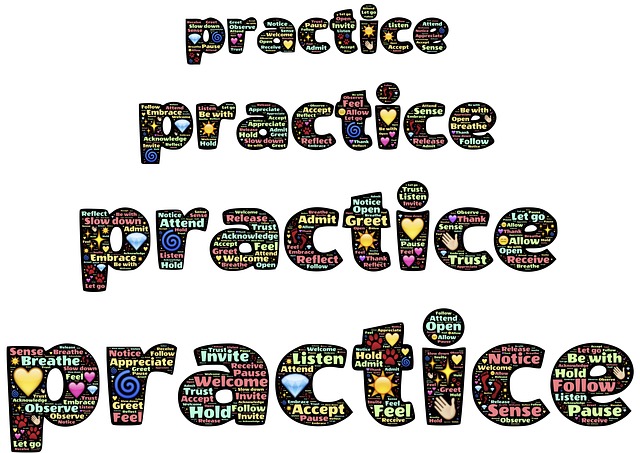Liz Stanley recently provided an introductory webinar for her course on Mindfulness-based Mind Fitness Training (MMFT)®. The webinar explains the components of the course and how it helps people recover from trauma and enable anyone to build resilience and effectively manage stress. She also discusses the traumas she has experienced, her personal search for healing and resilience and her in-depth training including her doctorate.
The components of MMFT®
The online course covers 8 modules over 8 weeks (that you can undertake within your own time and availability). The first four modules provide the framework to understand how stress and trauma affects us and provides an insight into the neurobiology involved. As she explains in the webinar, stress and trauma reduce our window of tolerance (our tolerance of stress arousal). In her view, each of us have our own window of tolerance which has been shaped from birth, and continuously widened or narrowed through our life experiences, encounter with trauma, our lifestyle choices and our stress response (creating implicit learning about what is threatening).
If we are within our window of tolerance, we are better able to access our thinking brain (enabling accurate perception, clarity of thinking and wise decision making); when we are outside our window of tolerance we are captured by our survival brain and habituated stress responses in terms of bodily sensations, difficult emotions and harmful choices.
Liz explains that the second group of four modules of the MMFT® course deal with habits and related habituated responses, making effective decisions, managing difficult emotions and chronic pain, as well as ways to be more effective in our interpersonal interactions. The course includes stress and trauma-sensitive mindfulness practices, ”somatic experiencing” and a unique sequence of exercises designed to achieve grounding and enable movement “from dysregulation to self-regulation”.
Liz’s course is offered through Sounds True and has been validated extensively through evidence-based research that has confirmed results in terms of improvements in cognitive performance, strengthened resilience and improved self-regulation, as well as positive developments in other areas of self-management.
Widening the Window of Tolerance
Liz explains that our repetitive experiences impact our implicit knowledge and shape our brains and neuroception (perception of threat/ safety). We can choose experiences that are beneficial or others that are harmful – we have choice in how our brain is shaped and adapts (neuroplasticity).
In the MMFT introductory webinar and in her book, Widen the Window, Liz offers five lifestyle choices that can serve to widen our window of tolerance:
- Sleep
- Diet
- Exercise
- Awareness and reflection
- Social connection
She explains that the course details the beneficial effects of each of these elements and also the detrimental effects caused by their absence or deprivation. She particularly notes the benefits of awareness and reflection. Liz explains that awareness can be built through mindfulness practices, Tai Chi and yoga while reflective practices involve reflective thinking such as journalling, reading poems, reflecting on scriptural passages or work experiences and their implications, or maintaining some form of gratitude diary. She highlights the benefits of mindfulness and reflective practices in terms of calmness, clarity, self-awareness, focus, resilience and intention building.
One of Liz’s key messages is that resilience is something that we can learn and develop through beneficial choices. The result is that we will be better able to manage stress, heal from trauma and access our thinking brain which enables us to think clearly and creatively and choose wise actions – rather than be captive to stress-induced confusion and harmful habituated responses.
Reflection
Liz’s course focuses on how to heal from past, stressful experiences and how to deal effectively with future stressful situations, whether internal (e.g. chronic anxiety) or external (e.g. job loss or interpersonal conflict). She emphasises the need for consistency not only in making beneficial lifestyle choices but also through engaging in regular mindfulness and reflective practices. As we grow in mindfulness and the associated awareness of thoughts, emotions, and bodily responses, we can widen our window of tolerance and deal more effectively with the stressors in our life.
________________________________________
Image by Candid_Shots from Pixabay
By Ron Passfield – Copyright (Creative Commons license, Attribution–Non Commercial–No Derivatives)
Disclosure: If you purchase a product through this site, I may earn a commission which will help to pay for the site, the associated Meetup group and the resources to support the blog.




